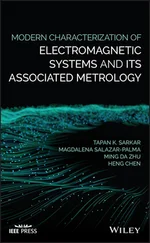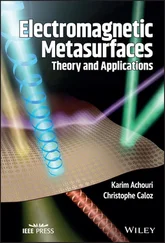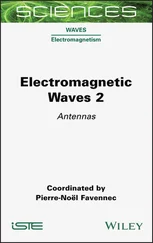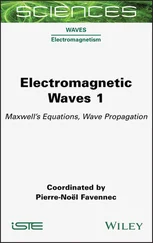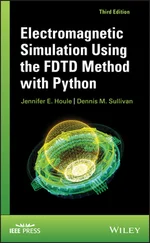Besides the OAM beam divergence and the cone‐shaped pattern, the second fundamental property of OAM beams, namely, the orthogonality of different OAM modes, can be employed to transfer information. OAM shift keying (OAM‐SK) is one communication technology that takes advantage of the distinction of the different orthogonal OAM modes [11, 32, 52, 53]. In this communication technology, the OAM modes are used as a communication alphabet, with N data symbols encoded in the OAM mode number l of N OAM states. Figure 1.12shows an example where OAM modes l = 0, 1, 2 represent the data symbols 0, 1, 2. The sequence of the OAM states is sent by the transmitter. The data are decoded at the receiver by checking the received OAM mode number. OAM‐SK is a direct modulation technology that enables transferring information by encoding information in the value l of the OAM mode number.
A series of proof‐of‐concept experiments has elevated the scientific interest in the potential of harnessing OAM‐SK for free‐space information transfer. The first experiment to use OAM‐SK for free‐space information transfer was carried out by Gibson in 2004 [17]. In Gibson’s seminal work, eight different OAM modes in the set ℓ = {−16, − 12, − 8, − 4, + 4, + 8, + 12, + 16}, each representing a data symbol, were used as communication alphabets. The transmitted OAM states and data symbols were accurately measured up to a transmission range of 15 m using a HeNe laser transmitter at a wavelength of 632.8 nm. Since the pioneering work of Gibson, several OAM‐SK experiments have been carried out. In [54], 16 superimposed OAM modes were used to transfer information over a 3 km link of strong turbulence over the city of Vienna. The transmitter was a laser with a spatial light modulator at a wavelength of 532 nm. An incoherent detection scheme aided by an artificial neural network was employed to identify the characteristic mode patterns and distinguish among the 16 OAM modes. The latter experimental scheme has been extended to a distance of 143 km between two Canary Islands [55]. To the authors’ best knowledge, this is the longest distance that an OAM‐SK experiment has been reported. Therein, the OAM mode patterns were observed on a receiving aperture with a diameter of roughly D = 11 m, and a green laser with a wavelength of 532 nm was used, corresponding to a far‐field distance of 2 D 2/λ = 4.55 × 10 5km. Note that the 143 km link distance is large in absolute terms, but it cannot be considered a far‐field distance. As discussed in Section 1.3.1, objections regarding the possibility of using OAM in far‐field communication links have surfaced in [33–35], and the adoption of OAM in far‐field wireless communications is still an open problem.

Figure 1.12 OAM shift keying (OAM‐SK) modulation. OAM‐SK takes advantage of the distinction of the different orthogonal OAM modes. The data symbols 0, 1, 2 are encoded in the OAM mode number l = 0, 1, 2.
As the available wireless spectrum becomes more and more crowded under the incessant strive for high data‐transfer capacities, several methods have been developed to increase the spectral efficiency. Various properties of the electromagnetic wave, such as time, polarization, and wavelength, have been employed to develop multiplexing schemes [56, 57]. Using the spatial property of electromagnetic waves as a new dimension (i.e. space division multiplexing (SDM)) has recently aroused interest as a potential method to enhance wireless communications. A special case of SDM is the mode division multiplexing (MDM), where spatially orthogonal modes act as independent data channels that can be efficiently multiplexed and de‐multiplexed. Thereby, the spectral efficiency is increased by a factor equal to the number of the independent spatial modes.
One particular subset of SDM is the OAM division multiplexing (OAM‐DM) [32]. In an attempt to further increase the spectral efficiency of wireless communications, OAM‐DM technique exploits the orthogonality of OAM modes [58, 59]. An independent data stream (i.e. data 1, 2, …, N in Figure 1.13) is encoded on the value l of N carrier OAM modes. The different OAM beams are multiplexed at the transmitter along with other modes, propagate through a common medium, and are de‐multiplexed at the receiver. The obtained field at the receiver can be written as [32]:
(1.15) 
where N is the number of OAM modes, S pis the modulated data signal on the p th OAM mode, A p( ρ ) is the complex electric field amplitude of the p th OAM mode, ρ is the radial distance, and ϕ is the azimuthal angle in the cylindrical coordinate system. At the receiver end, the multiplexed signal is multiplied by a phase factor  , where l q= 1, 2, …, N . The OAM beam with l = l qhas a central intensity peak and can be easily distinguished from other modes by means of their different spatial signatures. Finally, the data information carried by the OAM mode l = l pcan be retrieved. Consequently, the spectral efficiency is increased by a factor N equal to the number of the carrier OAM modes. A schematic diagram illustrating the principles of OAM‐DM is shown in Figure 1.13.
, where l q= 1, 2, …, N . The OAM beam with l = l qhas a central intensity peak and can be easily distinguished from other modes by means of their different spatial signatures. Finally, the data information carried by the OAM mode l = l pcan be retrieved. Consequently, the spectral efficiency is increased by a factor N equal to the number of the carrier OAM modes. A schematic diagram illustrating the principles of OAM‐DM is shown in Figure 1.13.
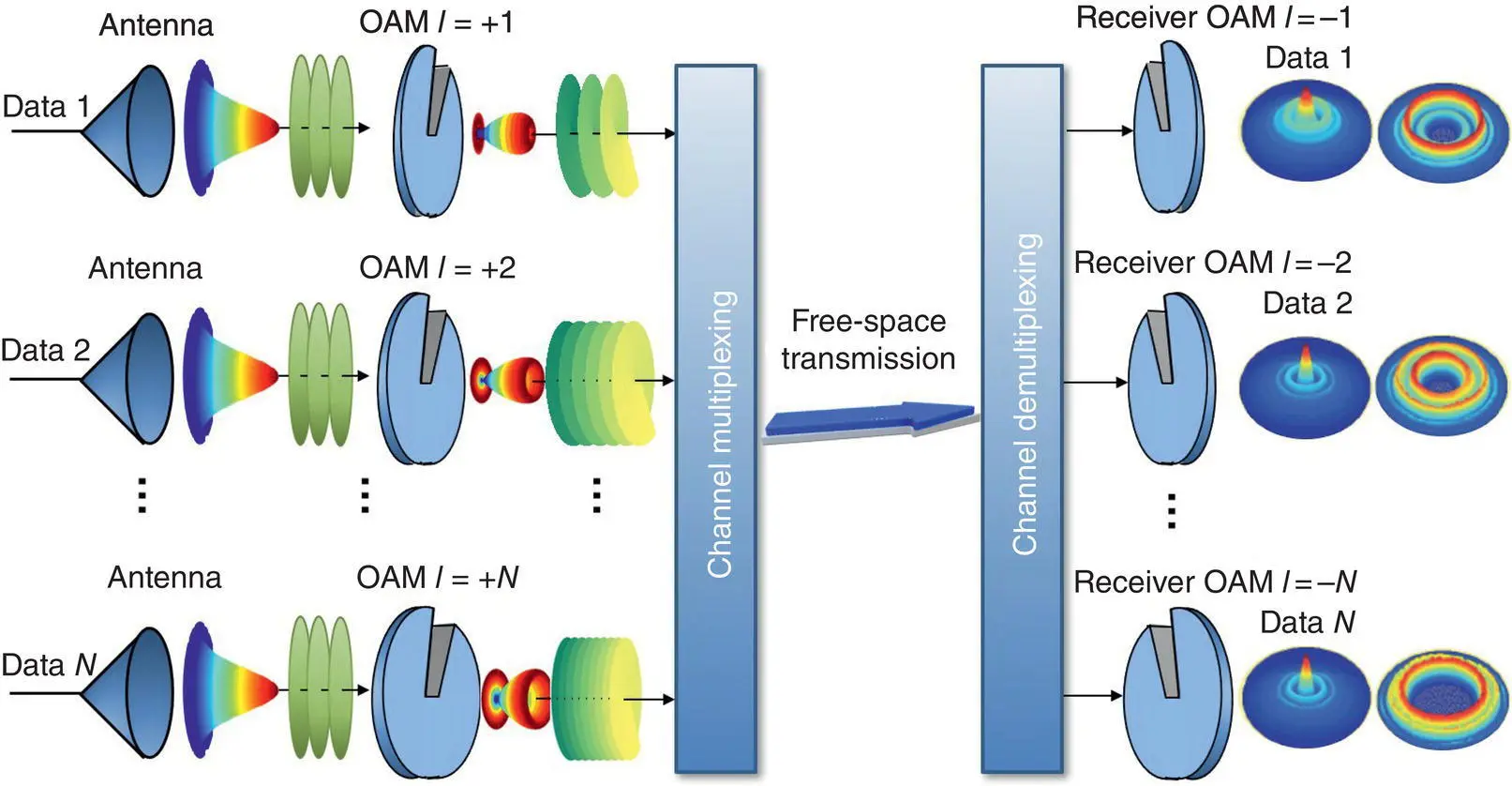
Figure 1.13 OAM division multiplexing (OAM‐DM) modulation. An independent data stream (i.e. data 1, 2, …, N ) is encoded on the value l of N carrier OAM modes. The different OAM beams are multiplexed at the transmitter, propagate through a common medium, and are de‐multiplexed at the receiver. Thereby, the spectral efficiency is increased by a factor N equal to the number of the carrier OAM modes.
Several recent experiments have demonstrated the potential of optical OAM multiplexing to increase the spectral efficiency of wireless communication systems. In [61], a transmission capacity of 2.56 Tbit s −1and a spectral efficiency of 95.7 bit s −1Hz −1were achieved using OAM‐DM and polarization multiplexing (8 OAM modes and 2 orthogonal polarization states at a wavelength of 1550.12 nm). In [60], an aggregate capacity of 100.8 Tbit s −1was achieved using 1008 data channels. Each data channel was carried on 12 OAM beams, 2 polarizations, and 42 wavelengths (1536.34–1568.5 nm), and was encoded with 100 Gbit s −1quadrature phase‐shift keying data. A schematic illustrating the concept of three‐dimensional multiplexing to increase the multiplexed data channels by combing OAM‐DM, polarization‐division multiplexing, and wavelength‐division multiplexing is shown in Figure 1.14. OAM‐DM can be combined with other multiplexing schemes, such as time, polarization, and wavelength multiplexing, to satisfy the ever‐growing need for transmission capacity.
The possibility of using OAM‐DM extends beyond optical frequencies. Thidé et al. [62] were the first to numerically show that antenna arrays can generate OAM beams in radio frequencies and highlight the potential of OAM communications in the lower frequencies. The first experimental test of encoding multiple channels on the same radio frequency using OAM was performed by Tamburini et al. [23]. Subsequently, several OAM‐DM experiments have been performed in the radio frequency domain. In [63], an OAM‐DM 10 m microwave link operated at 10 GHz with four OAM modes was experimentally demonstrated to quadruple the spectral efficiency while keeping a low‐receiver computational complexity. The antenna aperture size was 0.6 m, which corresponds to a far‐field distance of 2 D 2/λ = 24 m and the 10 m link cannot be considered a far‐field link. In [64], a 32 Gbit s −1mm‐wave link was demonstrated over 2.5 m at a carrier frequency of 28 GHz with a spectral efficiency of 16 bit s −1Hz −1using four independent OAM beams on each of the two orthogonal polarizations. The receiving and transmitting antenna aperture had circular apertures with diameters of 30 cm, which correspond to a far‐field distance of 2 D 2/λ = 16.8 m and the 2.5 m link cannot be considered a far‐field link. As discussed in Section 1.3, the adoption of OAM in far‐field wireless radio frequency (RF) communications is still an open problem.
Читать дальше



 , where l q= 1, 2, …, N . The OAM beam with l = l qhas a central intensity peak and can be easily distinguished from other modes by means of their different spatial signatures. Finally, the data information carried by the OAM mode l = l pcan be retrieved. Consequently, the spectral efficiency is increased by a factor N equal to the number of the carrier OAM modes. A schematic diagram illustrating the principles of OAM‐DM is shown in Figure 1.13.
, where l q= 1, 2, …, N . The OAM beam with l = l qhas a central intensity peak and can be easily distinguished from other modes by means of their different spatial signatures. Finally, the data information carried by the OAM mode l = l pcan be retrieved. Consequently, the spectral efficiency is increased by a factor N equal to the number of the carrier OAM modes. A schematic diagram illustrating the principles of OAM‐DM is shown in Figure 1.13.

